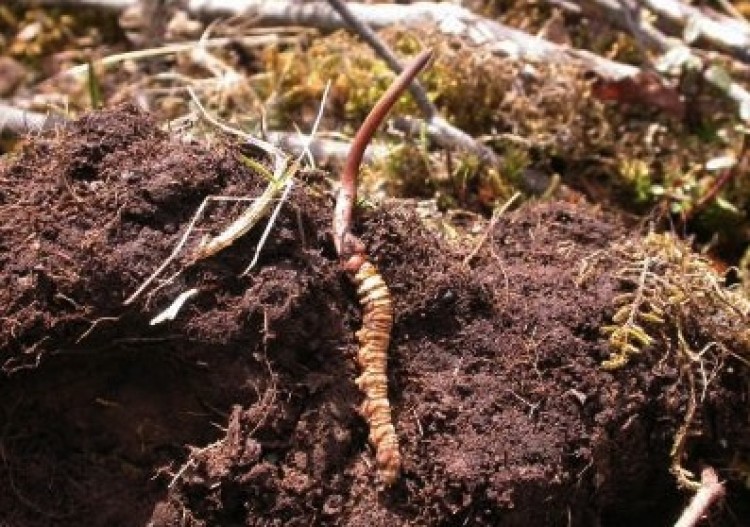Insect Hosts Identified for Medicinal Fungus ‘Winter Worm, Summer Grass’
Researchers from the Institute of Microbiology of the Chinese Academy of Sciences (CAS), have recognized potential host insects for the Tibetan fungus, Ophiocordyceps sinensis, known in Chinese medicine as the “winter worm, summer grass” (dong chong xia cao).
|Updated:
Arsh Sarao is a health reporter for The Epoch Times. She holds a Master's degree in Biotechnology and a Bachelor's degree in Biology and Chemistry. She taught life sciences for 11 years before working as an editor for Epoch Inspired for 7 years. She focuses on health, wellness, and traditional value topics.
Author’s Selected Articles






